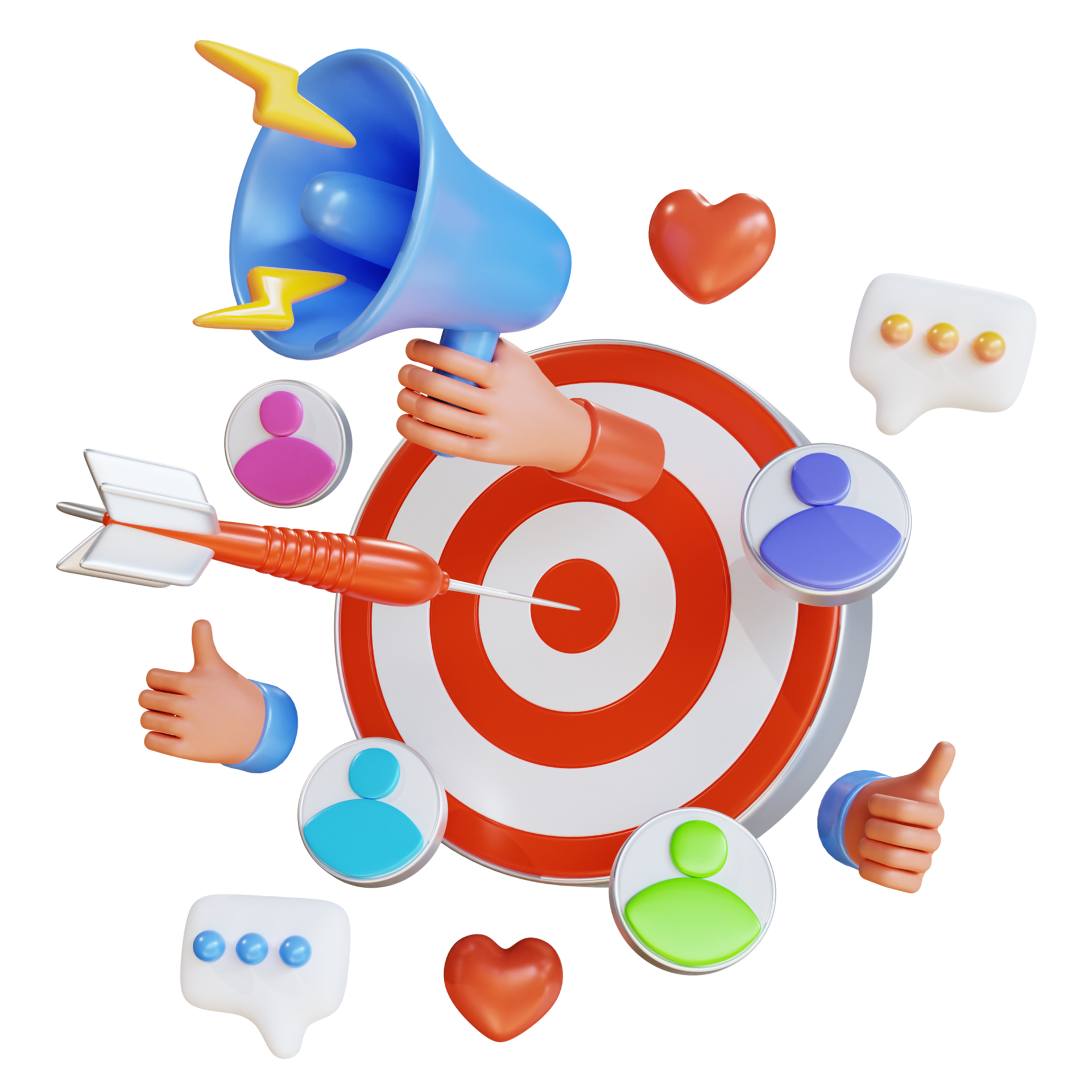What is marketing?
Marketing refers to any actions a company takes to attract an audience to the company's product or services through high-quality messaging. Marketing aims to deliver standalone value for prospects and consumers through content, with the long-term goal of demonstrating product value, strengthening brand loyalty, and ultimately increasing sales.
At first, I wondered why marketing was a necessary component during product development, or a sales pitch, or retail distribution. But it makes sense when you think about it -- marketers have the firmest finger on the pulse of your consumer persona.
The purpose of marketing is to research and analyze your consumers all the time, conduct focus groups, send out surveys, study online shopping habits, and ask one underlying question: "Where, when, and how does our consumers want to communicate with our business ?"
Here, let's explore the purposes of marketing, along with types of marketing, the 4 P's of marketing, and the difference between marketing and advertising.
Whether you're a seasoned marketer looking to refresh your definitions, or a beginner looking to understand what marketing is in the first place, we've got you covered. Let's dive in.

